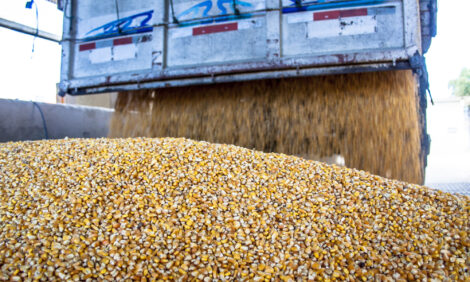



Creative Efforts Stretch PCVAD Vaccine Supply
US - When porcine circovirus-associated disease (PCVAD) struck the 130,000-sow Pipestone System, their swine veterinary team made adjustments until more vaccine became available, writes Joe Vansickle, NHF's Senior Editor.
In 2005, PCVAD was little more than a passing concern for the Pipestone System. By the spring/summer of 2006, all that had changed as the virus began to consistently impact grow-finish pig flows.
Finishing mortality jumped from 2-5% to 6-10% or more in pigs averaging 12-18 weeks of age, recounts Joel Nerem, Pipestone veterinarian. Many cases were in herds with other health challenges.
But a few high-health herds were also struck by the porcine circovirus type 2 (PCV2) virus. Those herds were mostly negative for porcine reproductive and respiratory syndrome (PRRS), Mycoplasmal pneumonia and Actinobacillus pleuropneumonia.
Source: National Hog Farmer
Finishing mortality jumped from 2-5% to 6-10% or more in pigs averaging 12-18 weeks of age, recounts Joel Nerem, Pipestone veterinarian. Many cases were in herds with other health challenges.
But a few high-health herds were also struck by the porcine circovirus type 2 (PCV2) virus. Those herds were mostly negative for porcine reproductive and respiratory syndrome (PRRS), Mycoplasmal pneumonia and Actinobacillus pleuropneumonia.
Source: National Hog Farmer







